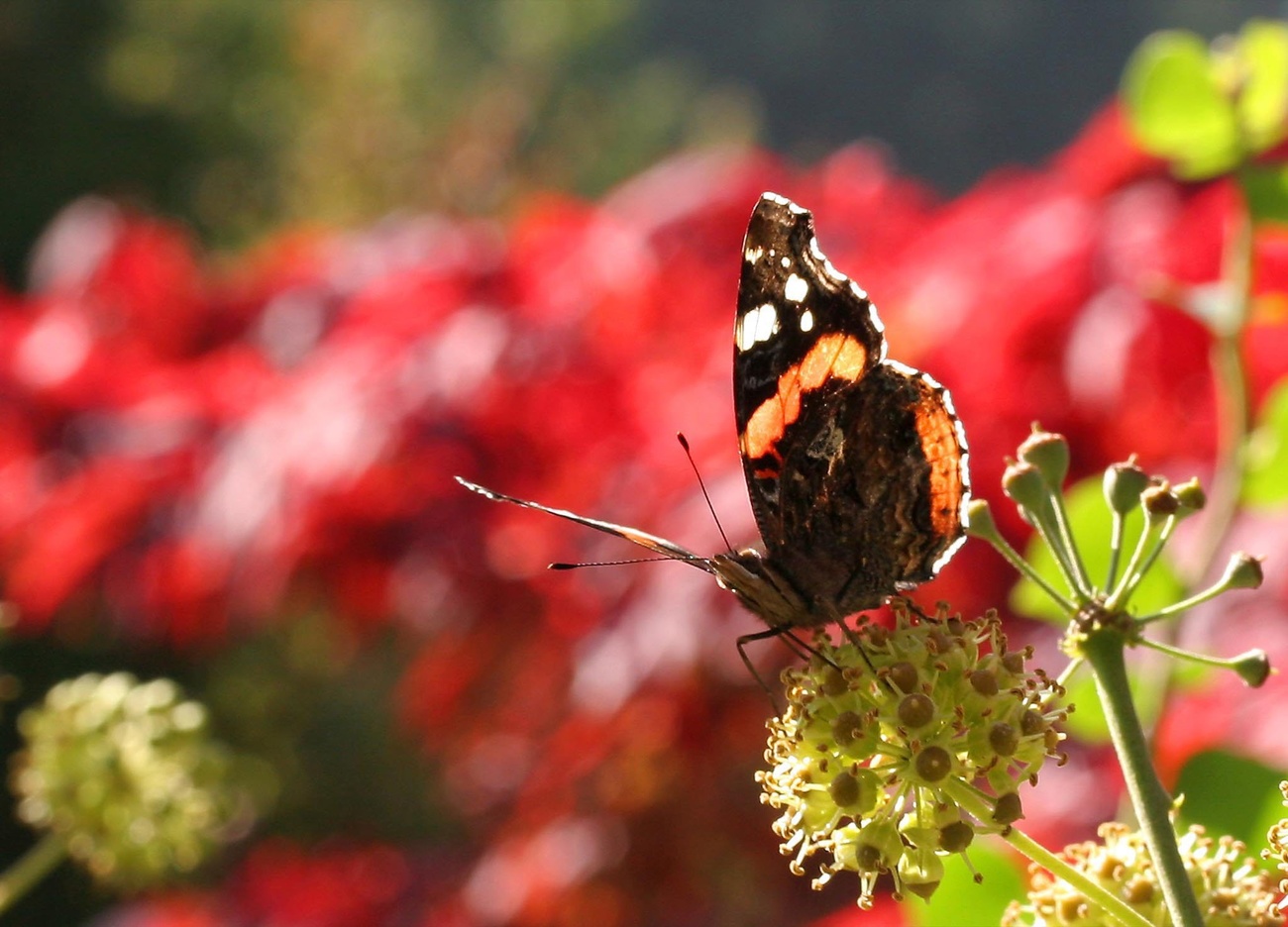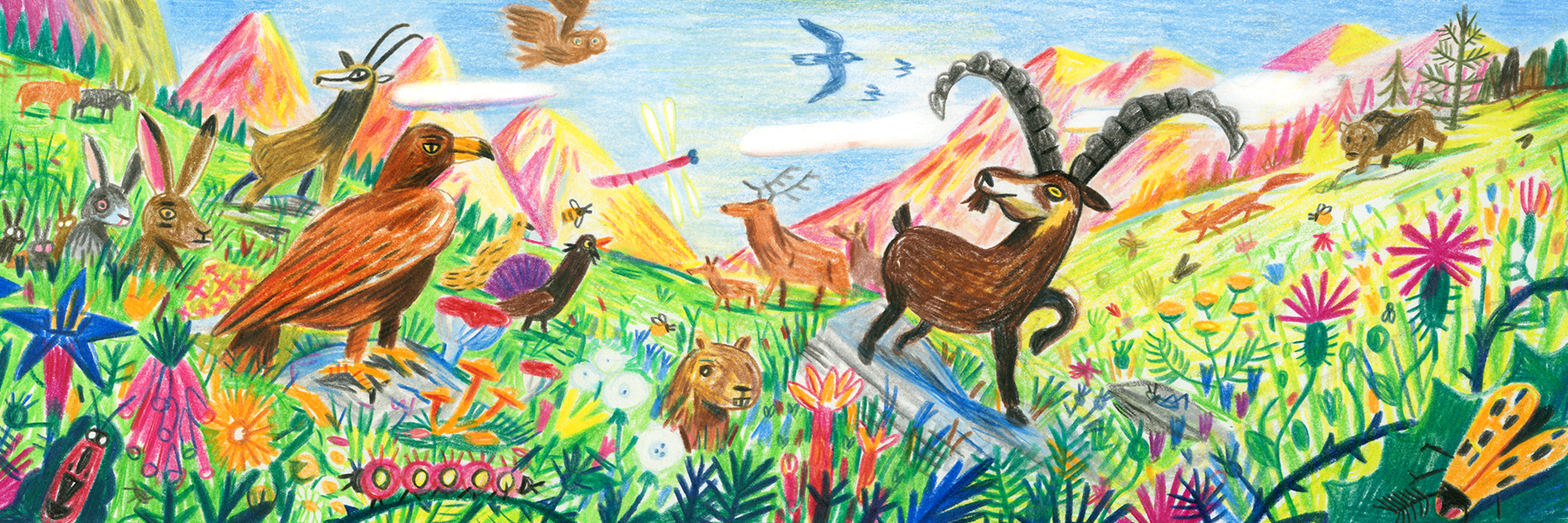When a wildlife encounter says little about alpine biodiversity
What happens when you're caught, blue-handed, by a group of ibexes in the middle of a patch of wild berries?
Not much, especially if the long-horned herbivores are preoccupied, also munching on what was a veritable feast of blueberries. When my wife and I stumbled upon the young animals in a sunlit clearing of a steep forested slope in mid-September, they acknowledged our presence with only the most fleeting of glances.

A little later above the tree line following a ridge, we were stopped in our tracks by a deep-throated call echoing up from the valley depths. We quickly searched on our phones to confirm the suspicion – this was the rutting call of the red deer who gather in this valley in mating season.
If you’ve ever hiked in the Alps, you may also have had the good fortune of encounters like these. We’d like to think they confirm that all is well with alpine wildlife. Indeed, red deer populations are healthy in this part of Switzerland, and the ibex is doing fine too – on the path we chose to take it’s so used to human encounters it rarely takes flight.
In Switzerland you often have to head high up into the hills to enjoy the fauna and the ecosystem that supports them. But why is that? Logically, the less hospitable climate at loftier altitudes should sustain fewer creatures. Researchers at the federal Agroscope institute had that expectation turned on its head when they saw the results of a five-year study on biodiversity on Swiss farmland.
We published a news story on the study, which found a dangerous decline of Swiss plant, bird, and insect species. The authors of the report said the loss is due to the “intensive human use of the landscape in the lowlands”.
Put simply, the kind of modern, mechanized farming practiced in the plains has become more common on lower alpine slopes. The NZZ newspaper recently reported that this was due to more than 160 agricultural subsidies incentivizing industrial farming. More intensive agriculture increase yields in often difficult mountain terrain but also have a detrimental impact on flora and fauna. The number of plant and butterfly species the researchers recorded was almost as low as in the intensively farmed plains.
The Swiss Ornithological Institute is witnessing an alarmingly similar decline in bird life. The institute has been monitoring plots of land up and down the Engadine valley since the late 1980s, studying the vegetation, land use intensity and breeding bird populations. Once common avian species, including the skylark, tree pipit and whinchat, have declined markedly – by nearly 60% in the case of the skylark – as intensive farming increased. The institute is working with farmers to convince them to wait until skylarks have successfully nested before cutting hay as one way of slowing or stopping the decline.
We walkers and bikers are not (yet!) an endangered species, but the authorities in canton Graubünden have gone to extremes to keep us from being attacked by protective mother cows and guard dogs when on trails that cut cross alpine pastures. The authorities there have equipped the animals with small transmitters. The data pinpointing the herd’s location is uploaded to “Outdoor Active”, a popular app for route planning, which indicates the pastures where the animals are grazing as red zones to be avoided.
The aim is not only to minimise conflicts but promote a mutual understanding between farmers and tourists. At times, I think it could benefit wildlife if we could give them sufficient warning when we are about to encroach on their territory. What do you think?
If you have an opinion, or a question about life in the Swiss Alps, do get in touch: dale.bechtel@swissinfo.ch

In compliance with the JTI standards
More: SWI swissinfo.ch certified by the Journalism Trust Initiative











You can find an overview of ongoing debates with our journalists here . Please join us!
If you want to start a conversation about a topic raised in this article or want to report factual errors, email us at english@swissinfo.ch.